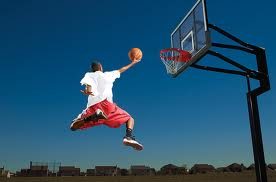In so many people I see, no matter the level or goal, ankle mobility is an issue that stops good movement patterns from happening.
I learned personally about the importance of ankle mobility with my first knee injury, where for some reason I seemed to lose most of my ankle movement! The main movement pattern that I see lost is dorsiflexion, which to a non-anatomy trained person is where you pull your toes towards your head! This movement is critical to performing any movement involving triple extension – so squats, deadlifts, jumping, landing, lunging, one leg exercises and especially running. If you cannot get into dorsiflexion it makes it hard to get into a good push off position in running, which affects what joints can provide what power to the ground.
People always go to the “hamstrings” as the go to, if they cannot squat. I have done a quick video of how I test it in our centre. I always try to talk as though as though I am speaking straight to an athlete. The half foot measure is usually around the 14-16cm mark, which is generally well accepted across many organisations I have worked with as the number that is minimum as a requirement for ankle mobility.
Ankle mobility is the thing I check with athletes first. I check an active straight leg raise, Thomas Test to test hip flexor and quad length, and then ankle mobility (knee to wall) measurement to look at the relationship between each test and then I look at qualitative movements such as squat, lunge, one leg squat, single leg balance, calf raise.
The types of expectations I hold of athletes are:
- 30 bodyweight squats to at least parallel depth in a minute.
- 5 full range single leg squats each leg with heel on the ground.
- 30 seconds each leg balance eyes open and eyes closed
- Jump, hop landing forward, laterally at least with good stability of the knee joint demonstrated.
These are 4 basic quality tests you can watch people do, just to ascertain their ability to firstly perform good movement, then to be able to ENDURE it, which is equally, if not more important.

